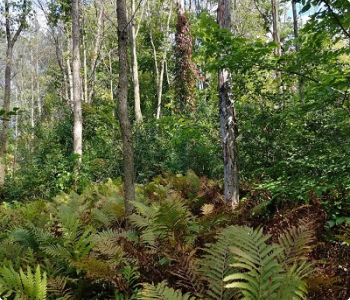
3235 blvd. St-Martin East,
Offices 208-209
Laval, Quebec - H7E 5G8
450-664-3503
credelaval@credelaval.qc.ca


Even though urban development is putting an evergrowing pressure on the last natural environments of the region such as wetlands, forests, streams and banks, Laval still has the potential to become a flourishing and sustainable city thanks to the richness of its biodiversity and the quality of its natural habitats.
There are 16 main woodlands on Laval territory. Some of them are being taken care of by organizations, but the majority remain orphaned and unknowned by the population. The metropolitan area of Montreal, including Laval, is located in the maple hickory bioclimatic domain, which is an extremely rich and diverse ecological community strongly shaped and altered by human activity.

Wetlands are sites where water influences the soil and vegetation due to its presence for a sufficient amount of time (Couillard and Grondin 1992). Wetlands can therefore be permanently or temporarily flooded, but the soil and or dominant vegetation demonstrate the work of water. In Quebec, we classify wetlands into ponds, marshes, swamps and bogs.
Streams run through about 250 kilometers of Jesus Island. From 2013 to 2016, CRE de Laval characterized the main streams in the context of the Urban streams of Laval project.

Emerald ash borer is an asian invasive insect pest that was introduced in North America. During the first phase of its life cycle, this coleopter parasitizes ash trees from the Genera Fraxinus.
6 entries